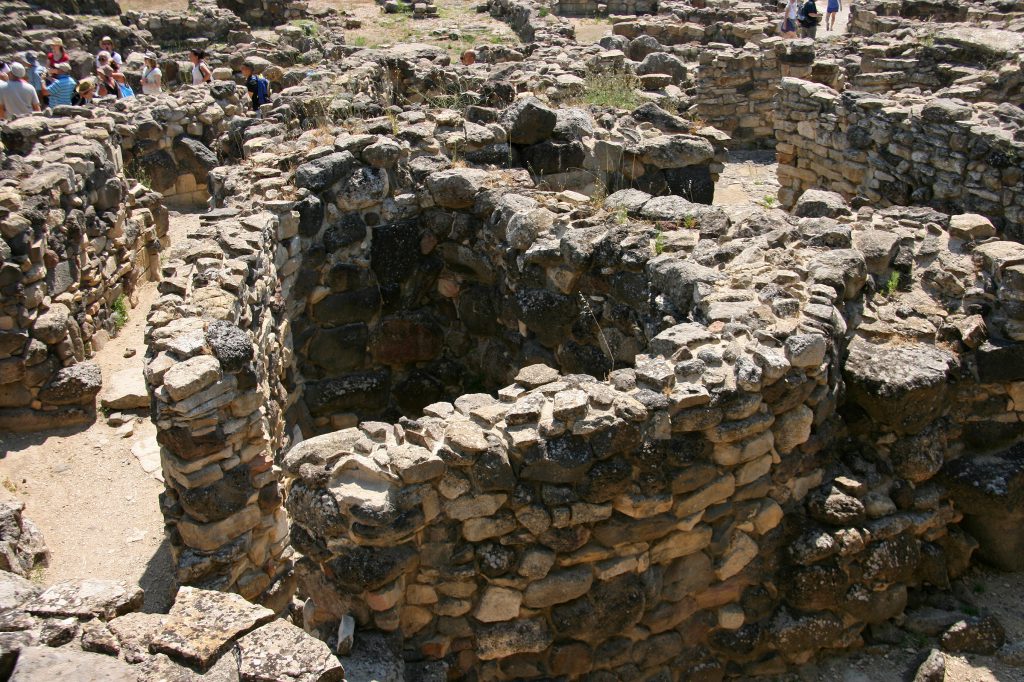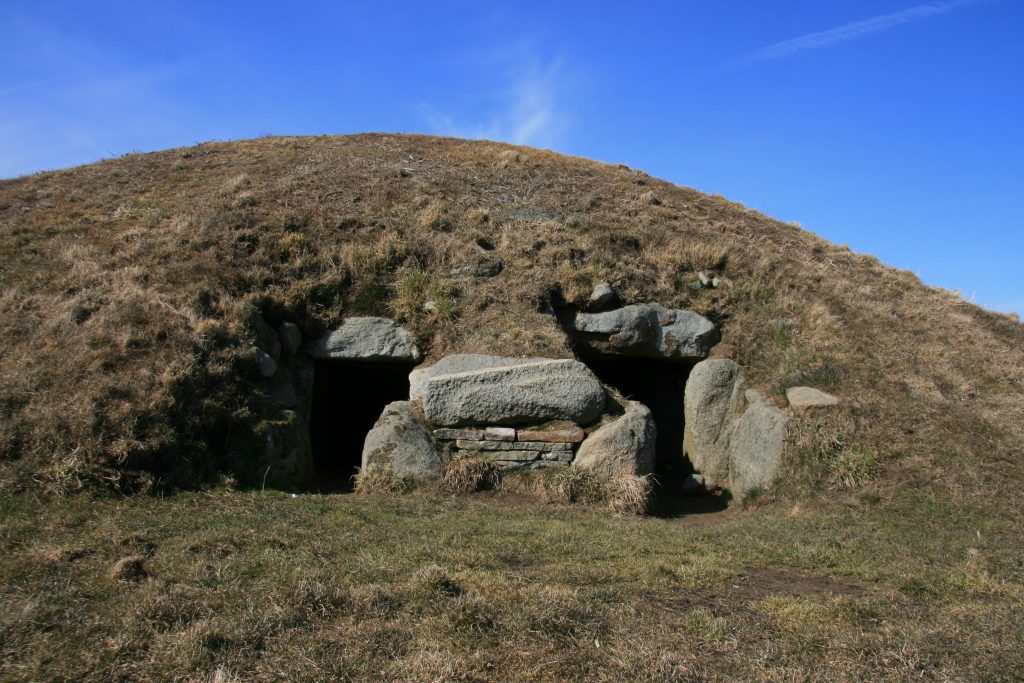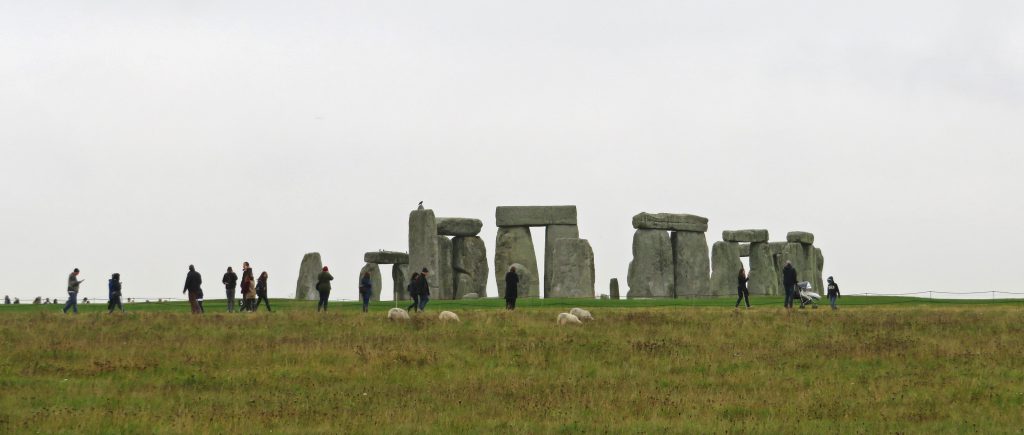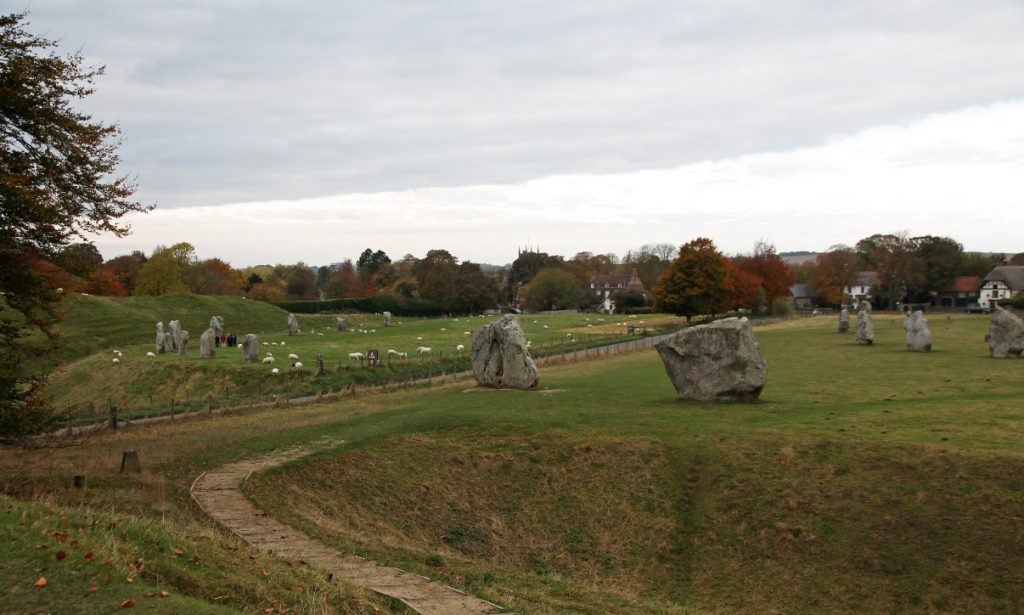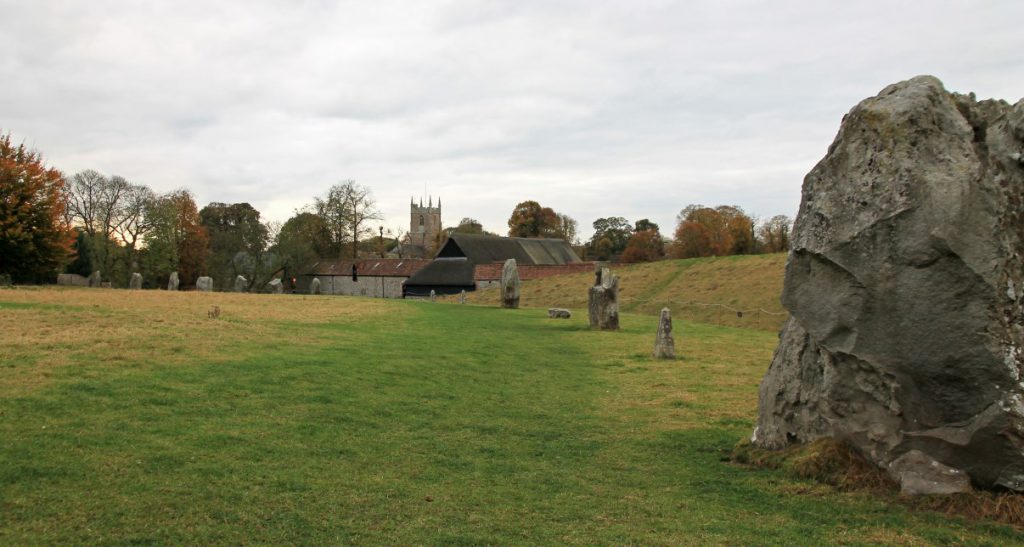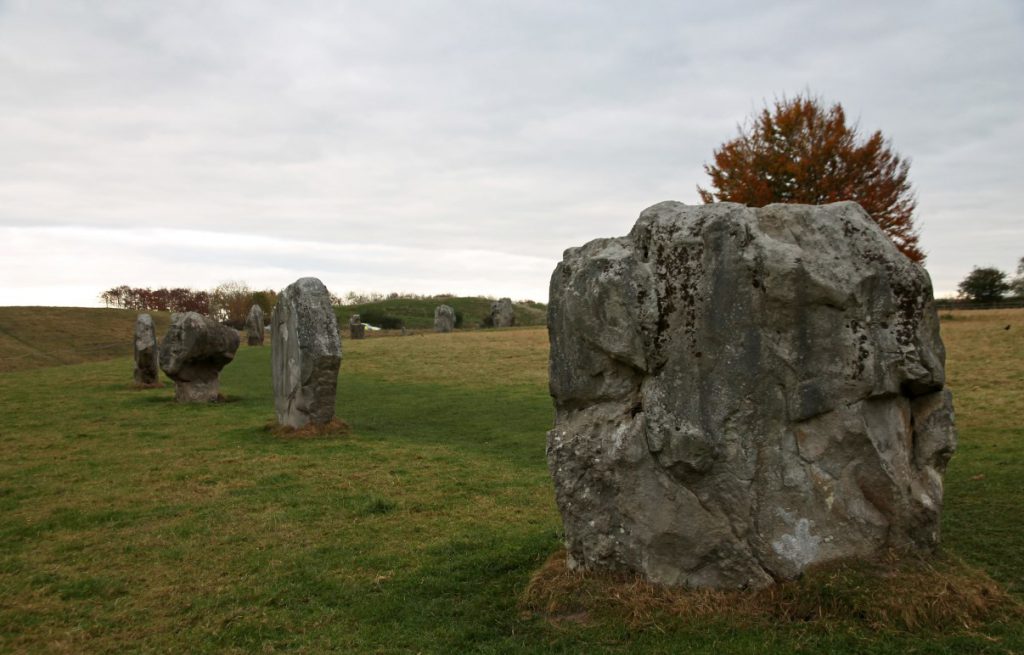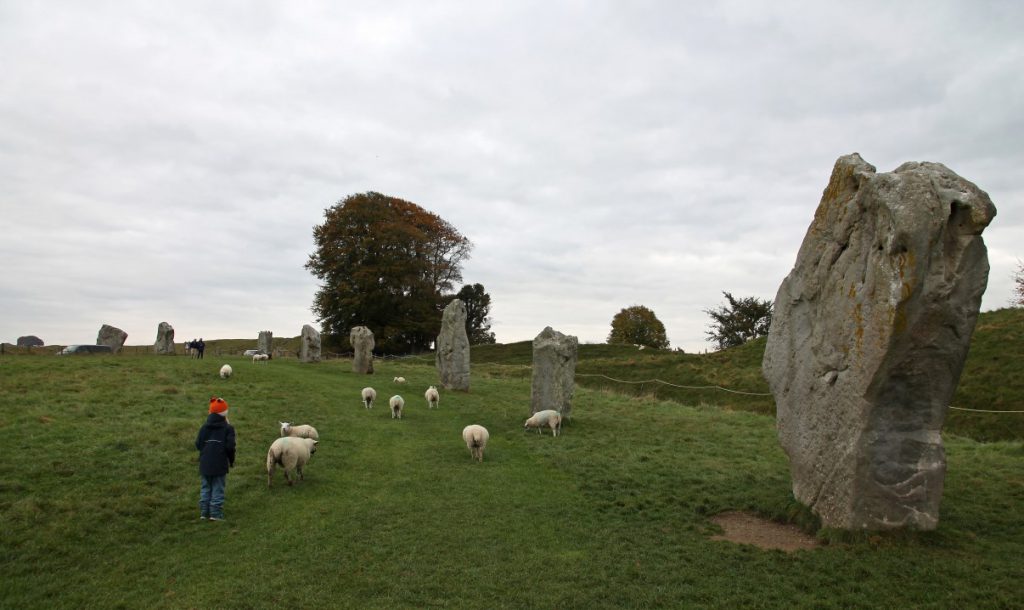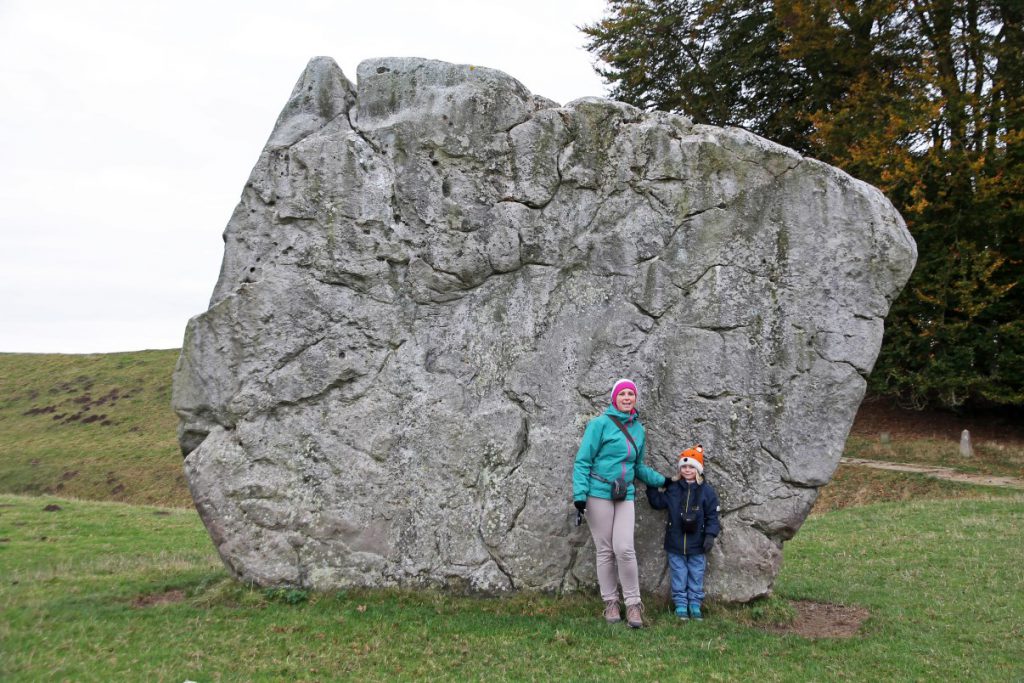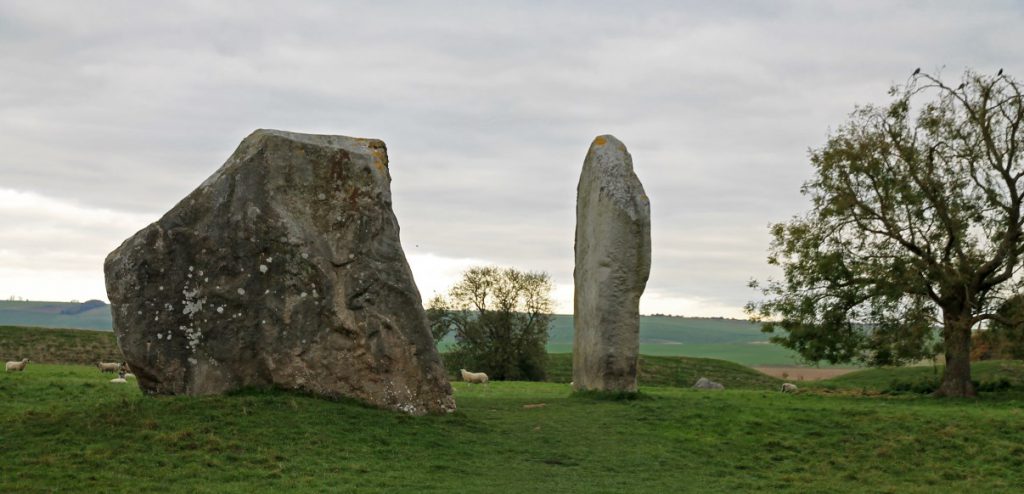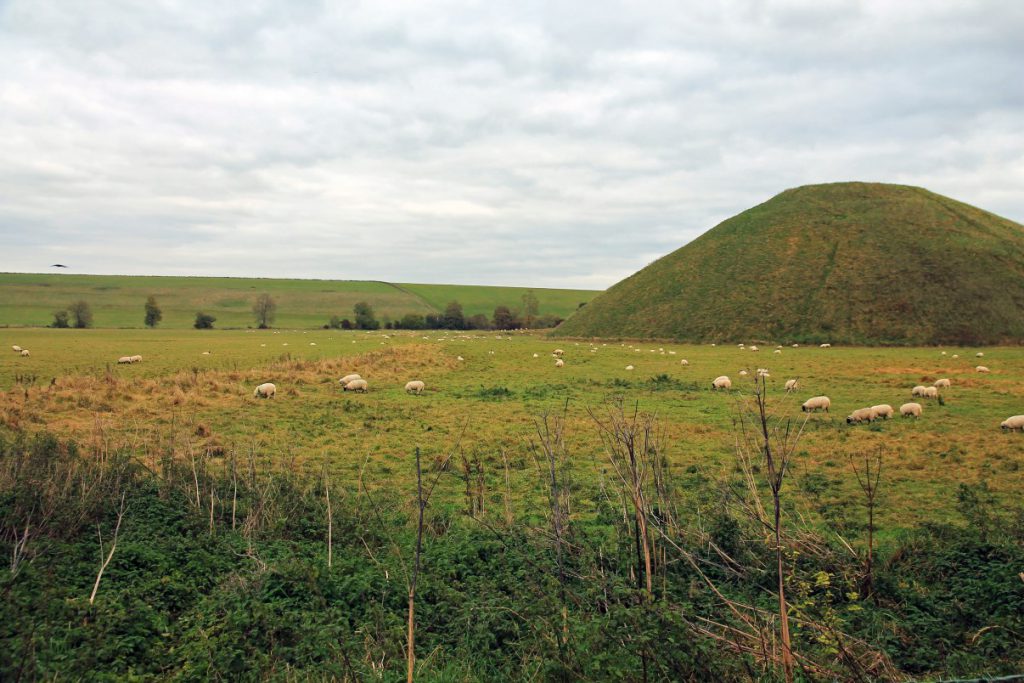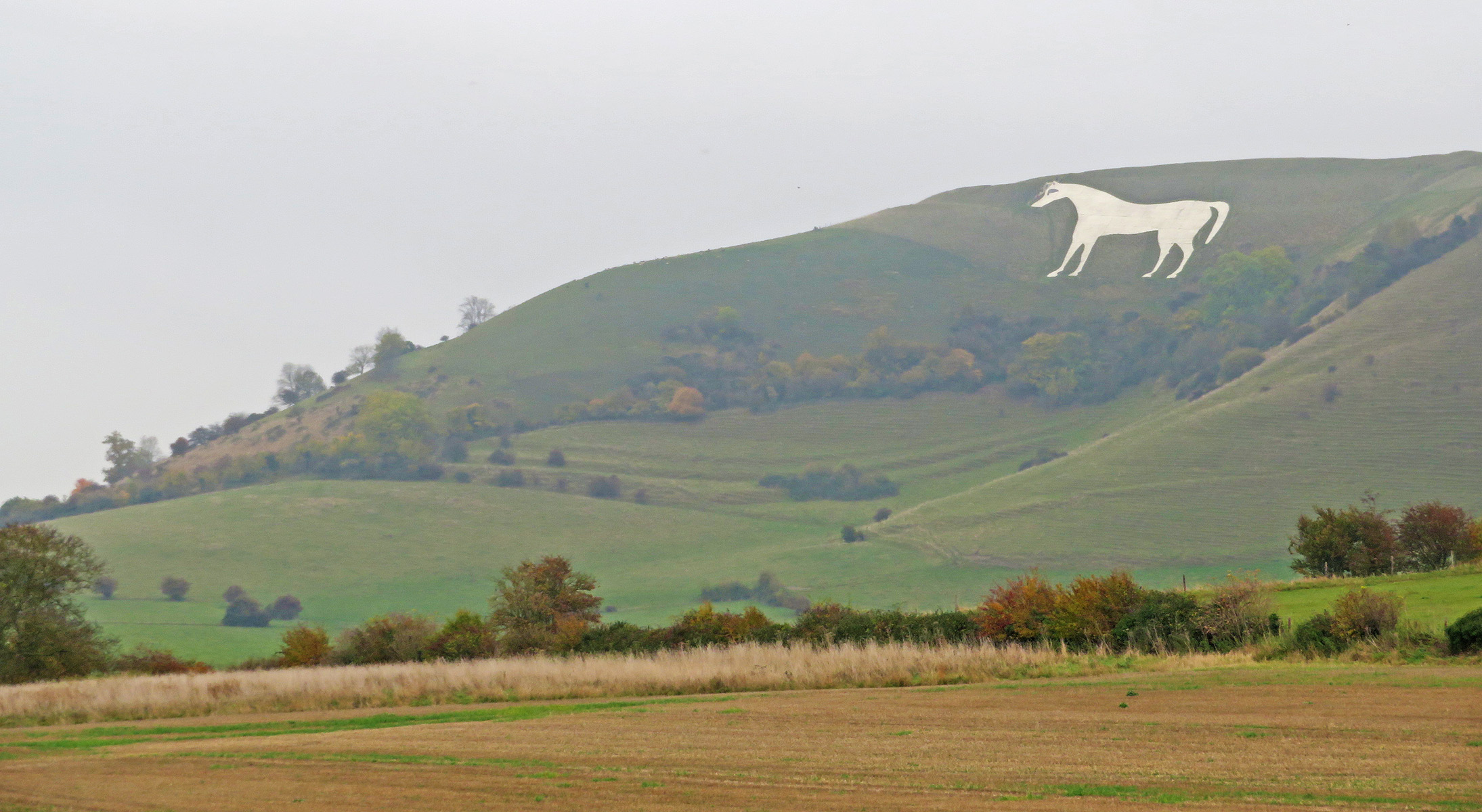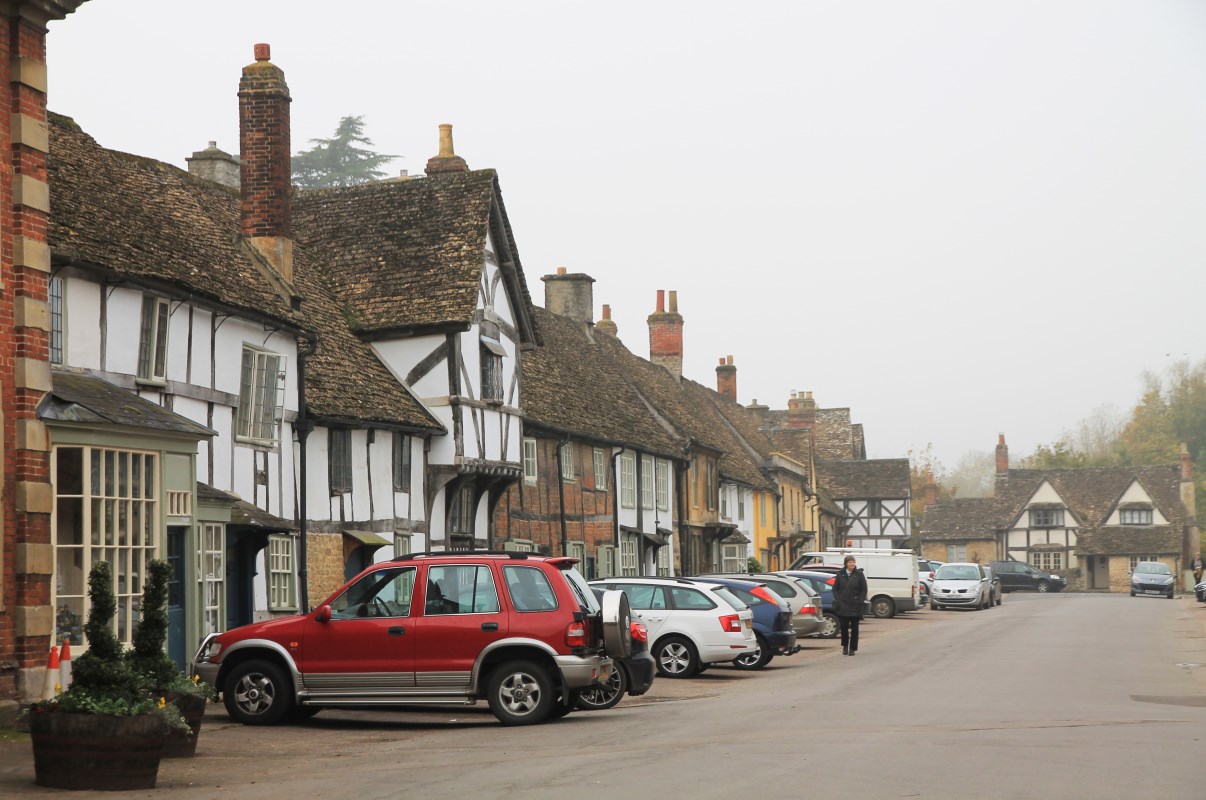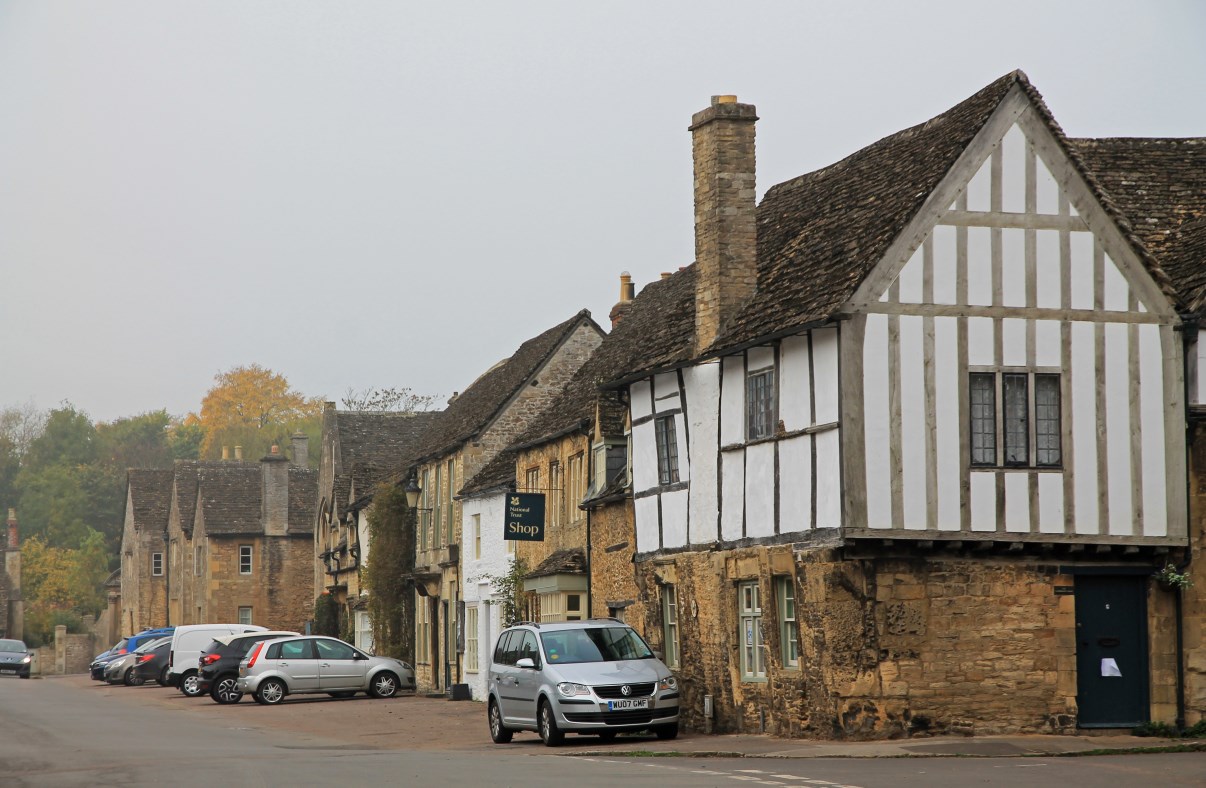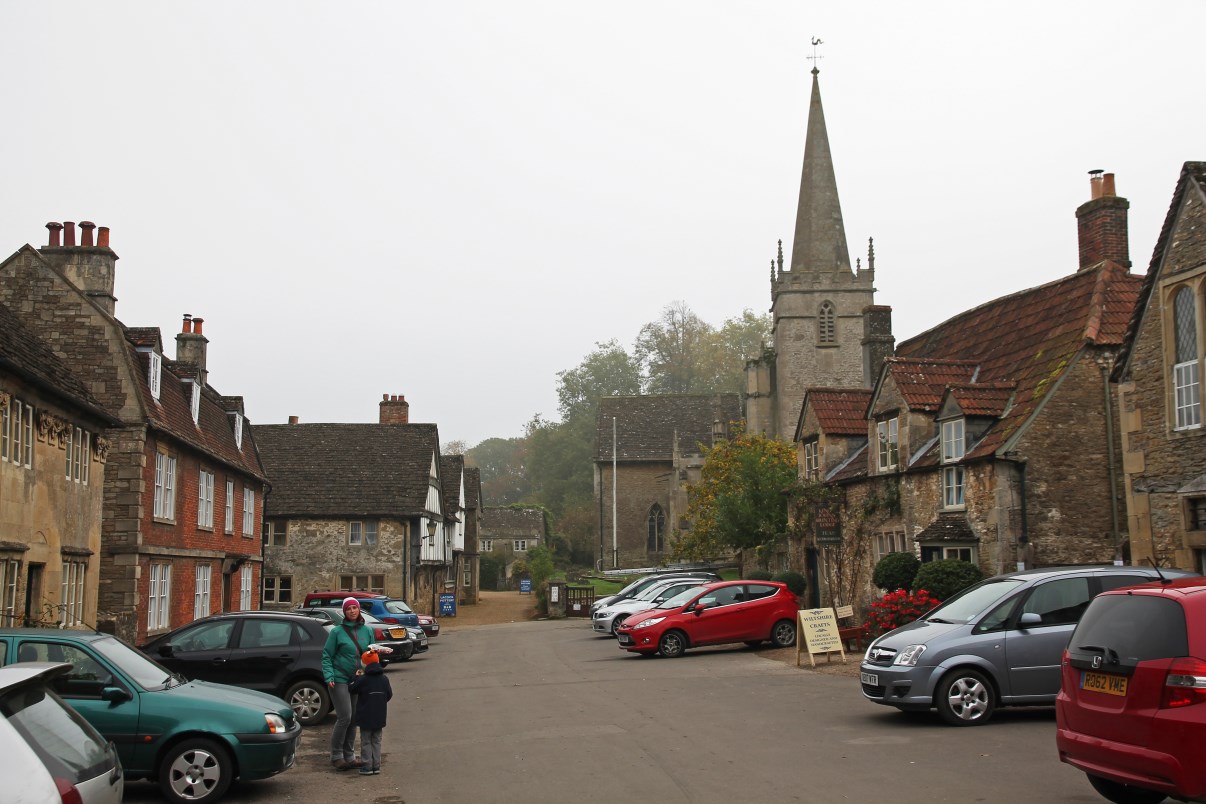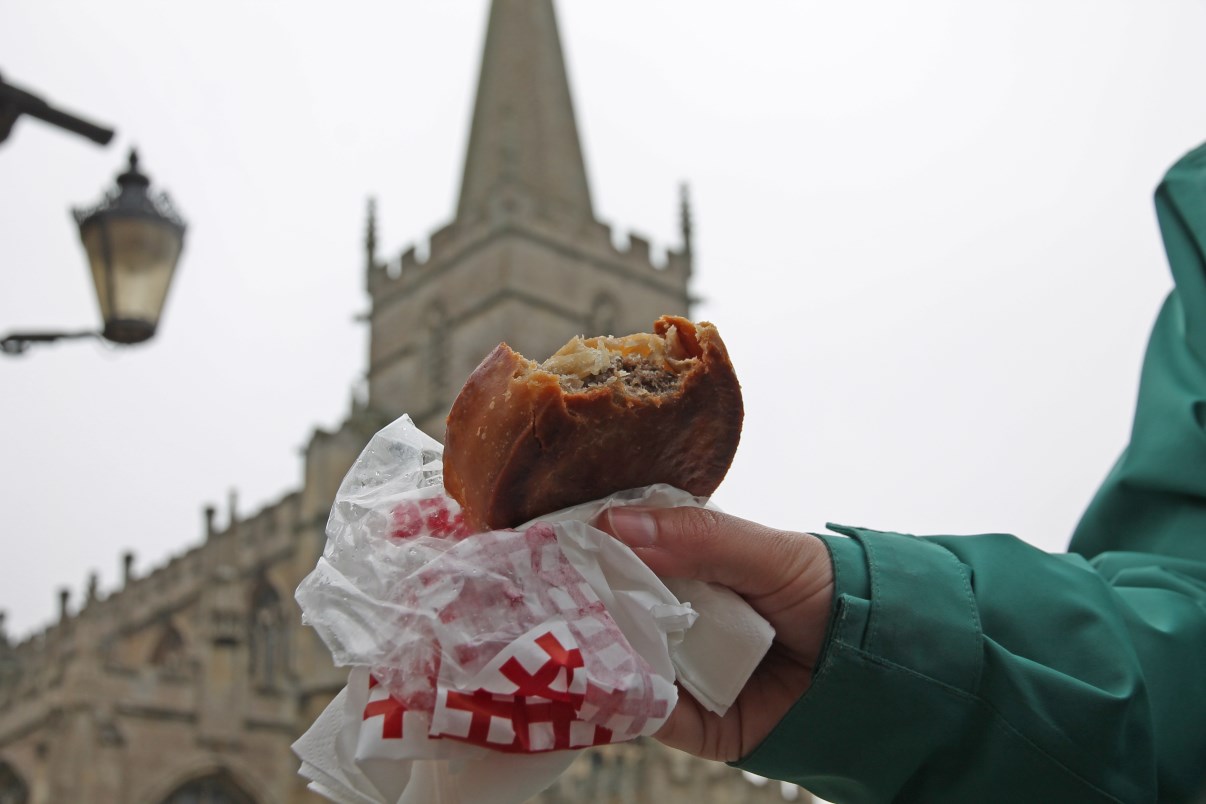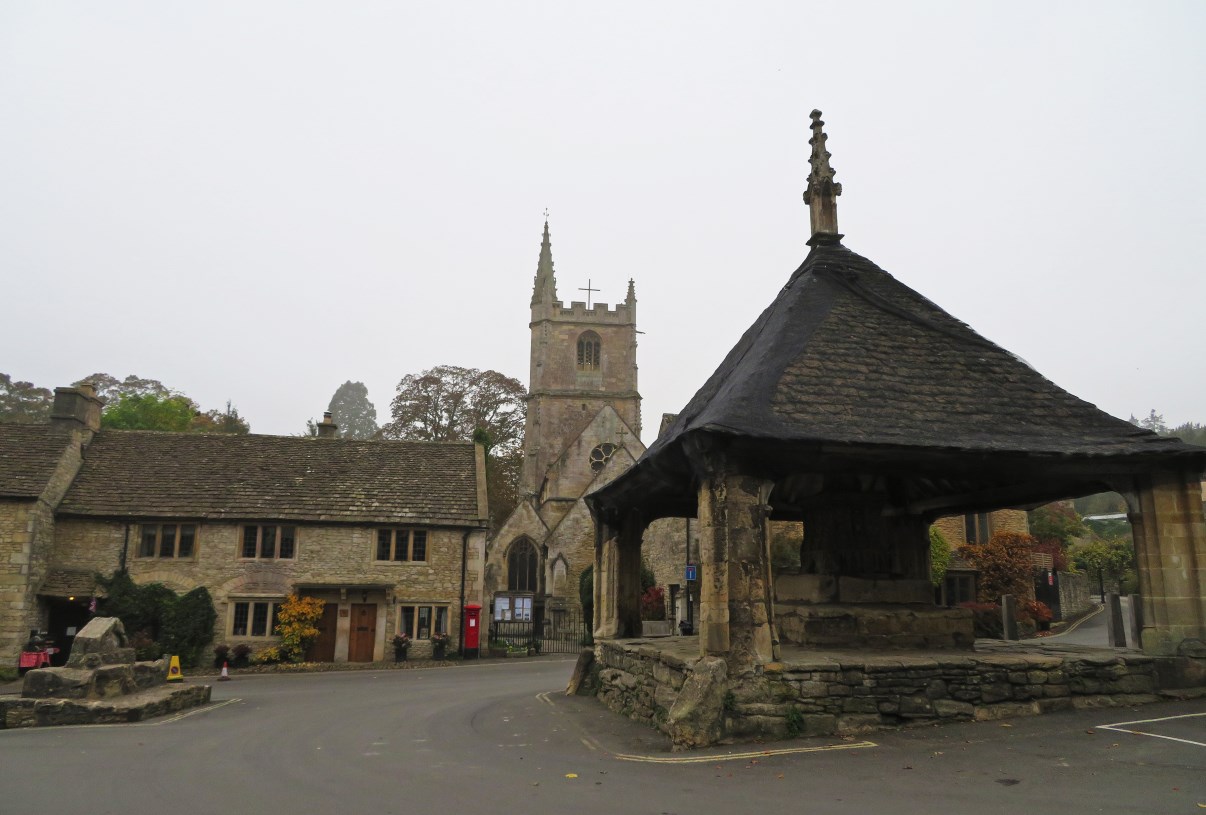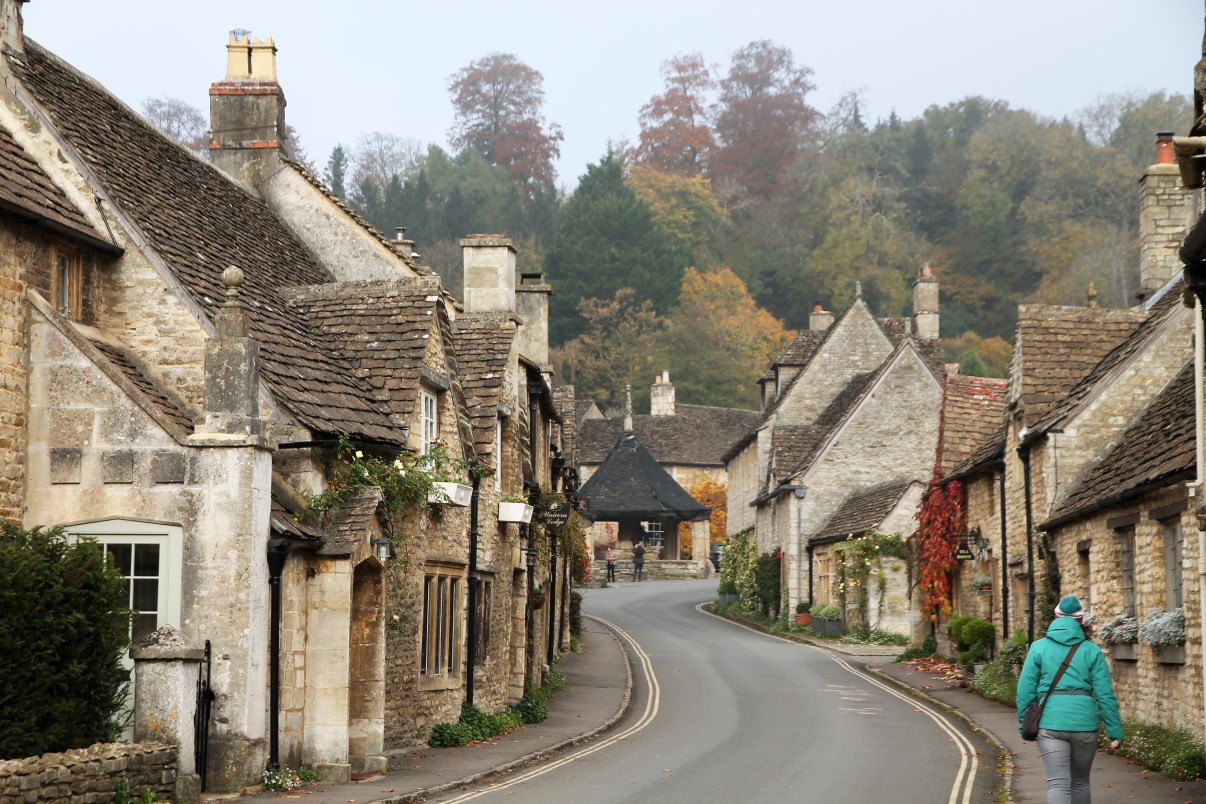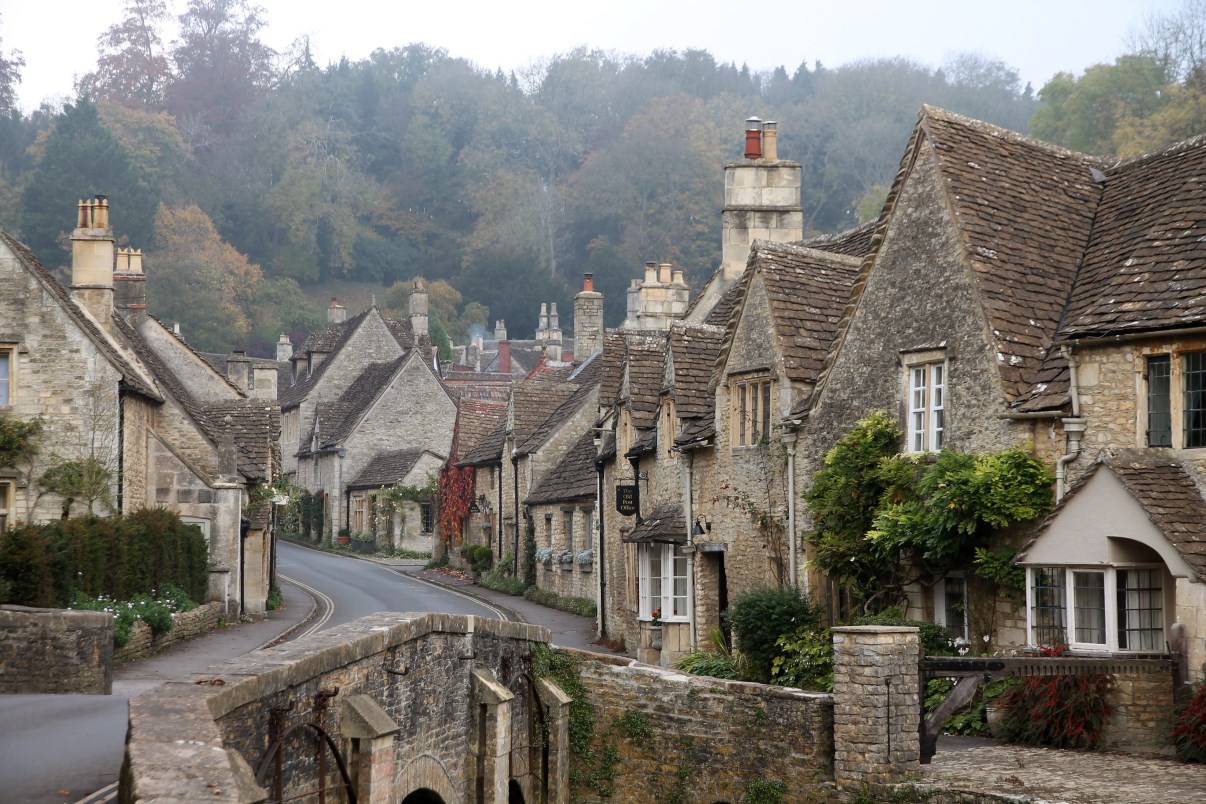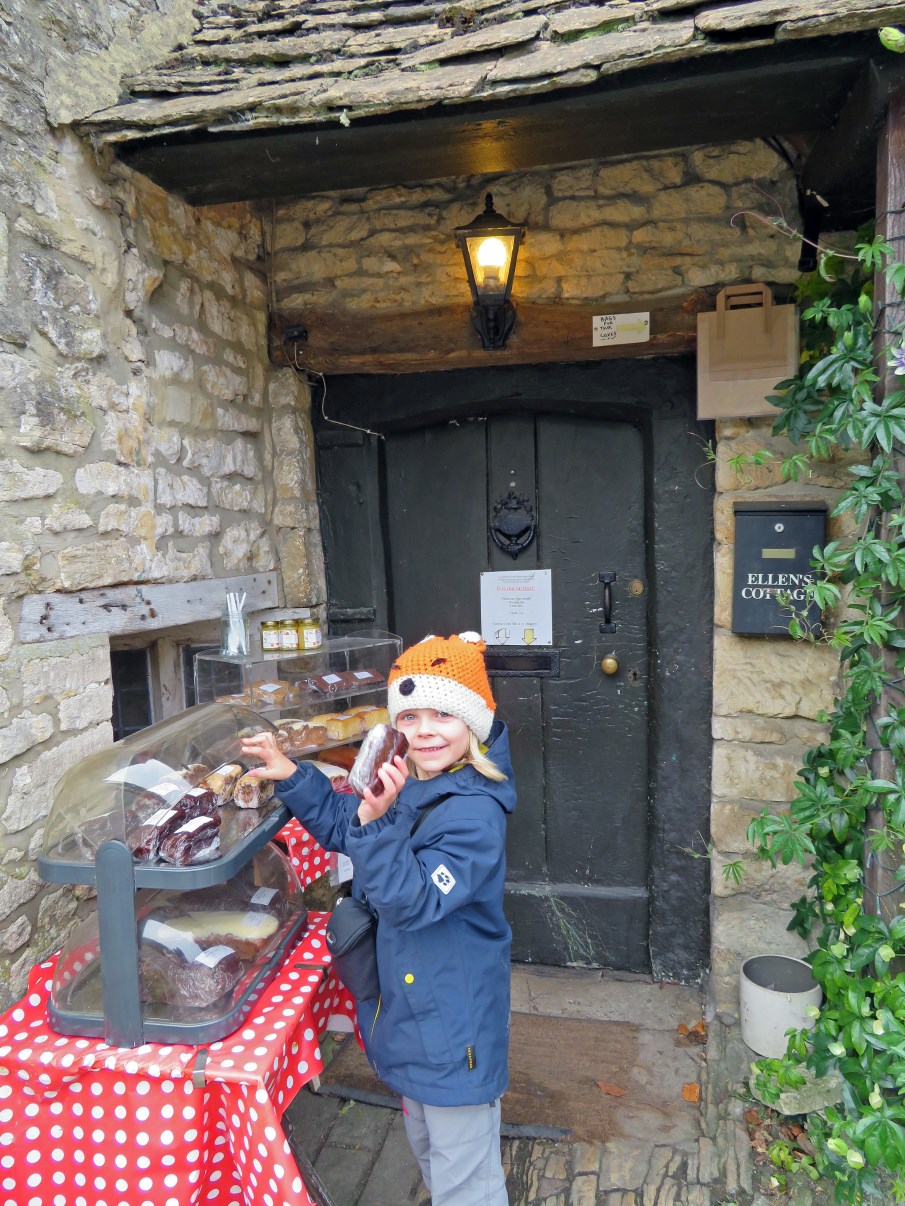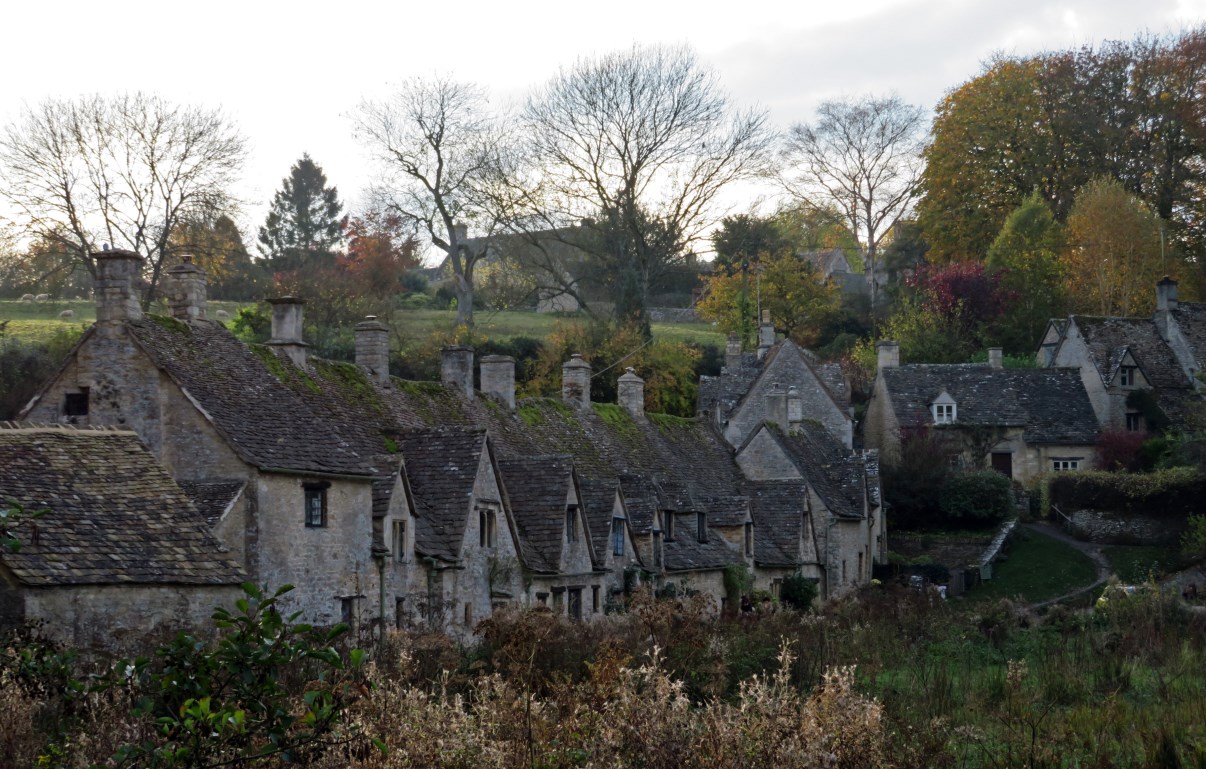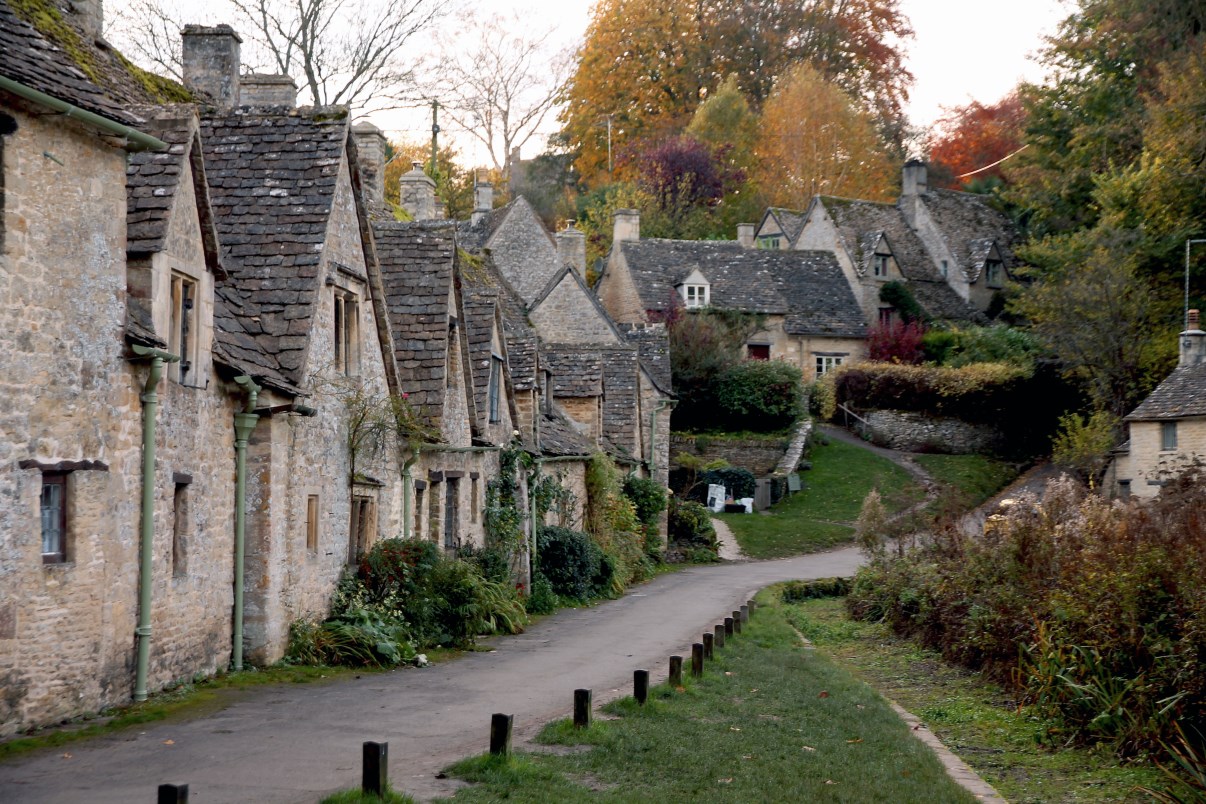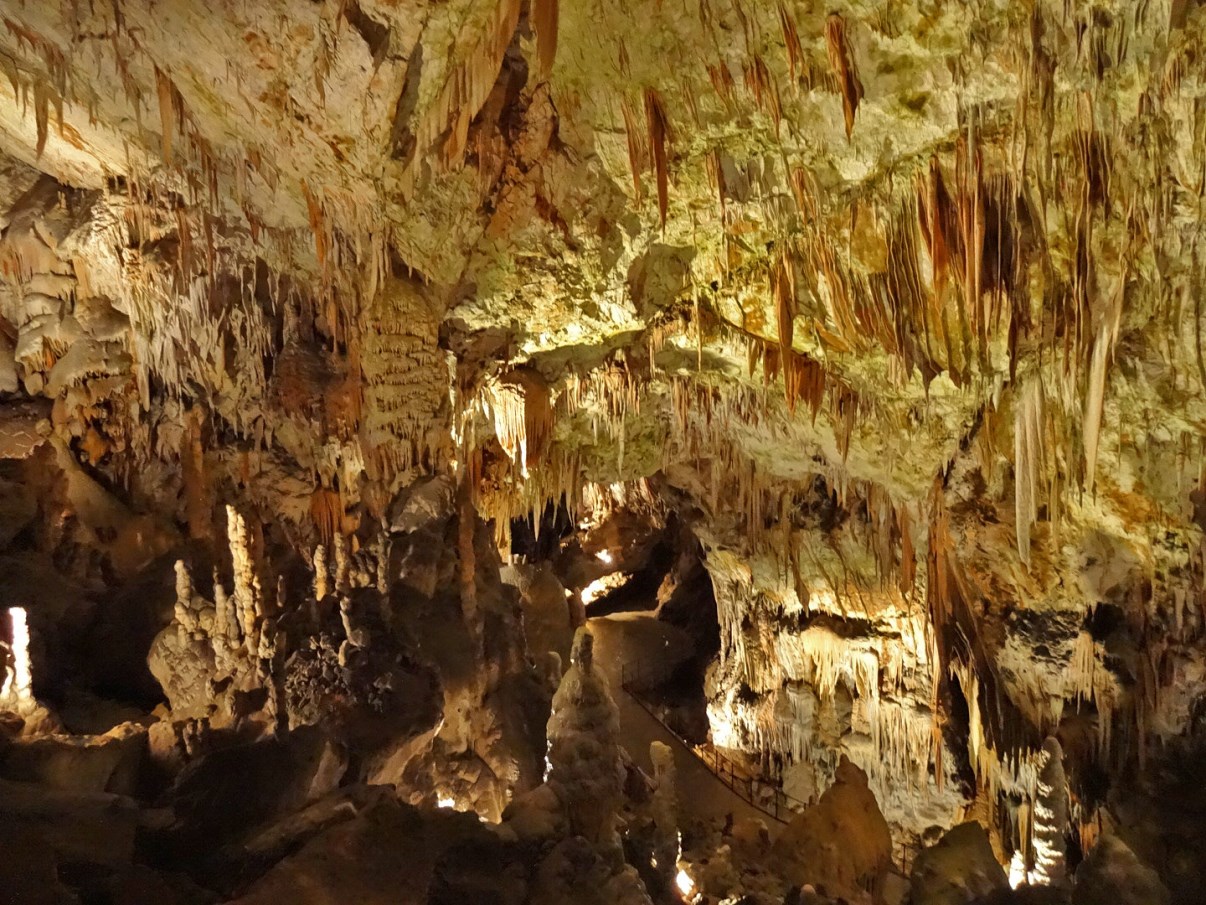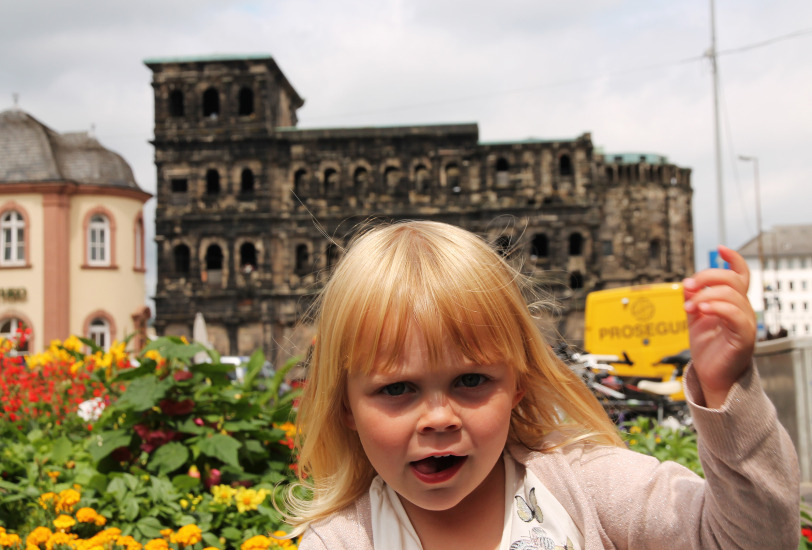I admit: I have a fascination for old things. Even when I was young, I wanted to become a paleontologist or an archaeologist (I became a biologist instead, which was another of my childhood dreams). I once volunteered at a dinosaur dig in Russia and that was an unforgettable experience. I never practiced any archaeology, though, but it never ceases to fascinate me. When we are planning our travels, I’m the one always nagging about Viking burial mounds, prehistoric towers, Etruscan graves, Roman graveyards and the like. I know Febe (our 6-year-old daughter) is usually not so enthusiastic about these things, but with the proper approach we always find ways to make such visits interesting or fun for her.
How to make rocks and ruins cool for the boys and girls? A few tips and tricks:
a. Tell your kid(s) the story behind the ruins/stones you are exploring. This will activate their imagination and if this approach is well executed, kids will want to learn more about a site the moment they know more about its history. If you try this out on your kid(s), be prepared for many questions (check wifi availibility 😉 ). I remember we translated our guide’s explanations about the Roman graves at Šempeter for Febe and she became much more involved in the whole tour.
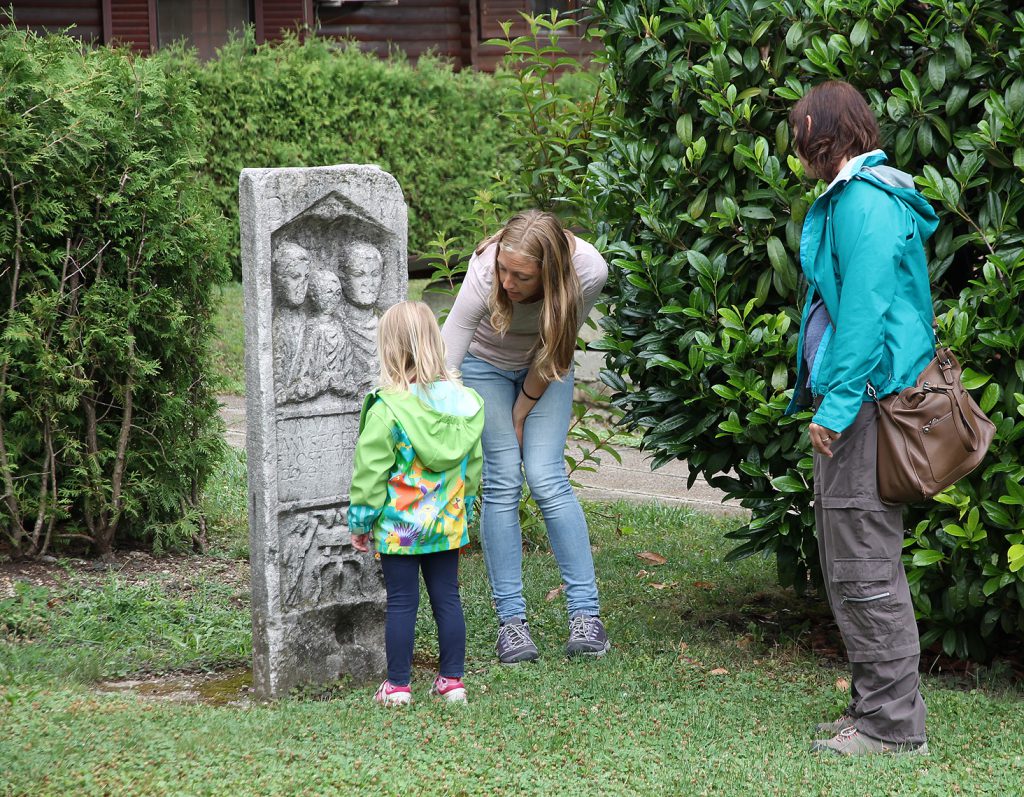
b. Pointing out interesting details that your kid(s) might have overlooked. By doing this, you can easily turn an archaeological site into an exciting picture puzzle, a game in which, for example, your kid has to find certain figurative elements in the design of an Etruscan grave’s decoration or, even more straightforward, certain shapes in the ruined remains of prehistoric houses.
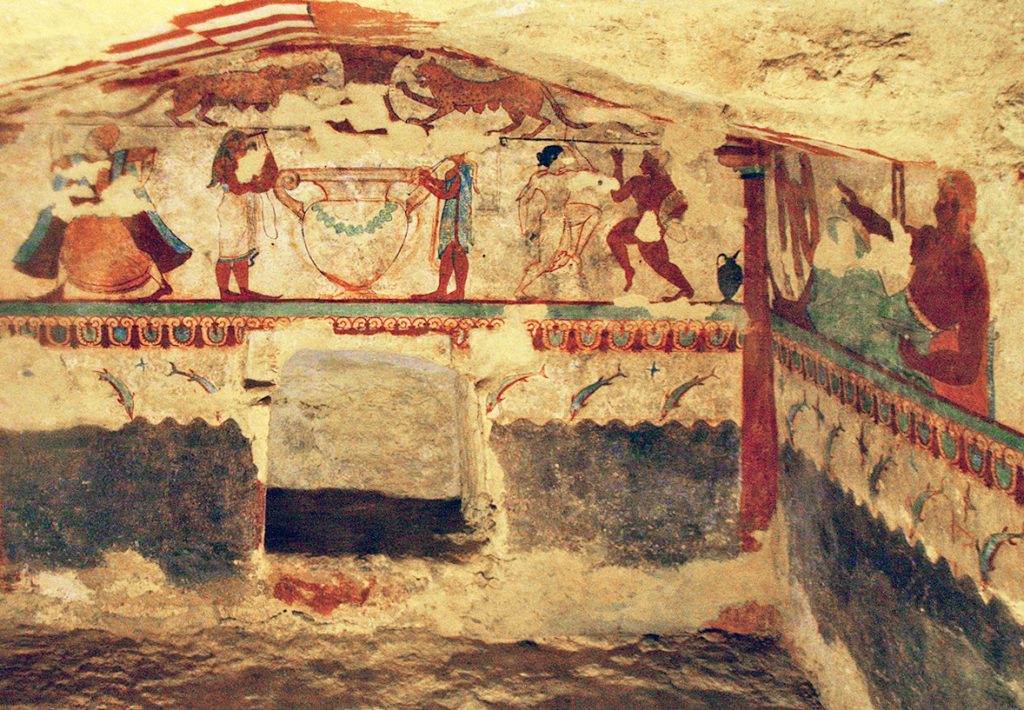
c. Turning the whole experience into a great adventurous activity. We once went inside a Stone Age passage grave in Denmark and although the interior of the grave was quite dull, Febe was really thrilled.
d. Focus on something completely different. Which is what we did at Avebury…
Avebury
When we were on our way to Bath a few days before we went to Avebury, we passed by Stonehenge on the A303. This obviously resulted in a traffic jam which did give us the opportunity to take a few photos. Maybe not as impressive as I had imagined it, but I still would like to come back here for a more thorough exploration of the site.
A few kilometers to the north, Avebury is more like the total prehistoric package. First of all, this Neolithic site contains no less than three stone circles in the same spot: 2 smaller inner circles that are surrounded by a larger outer circle. To add to the excitement, the outer one is also considered the largest stone circle in the world! It’s 4600 years old and surrounded by a circular ditch.
Although I think Febe was already impressed with the peculiar phenomenon of standing stones arranged in a circular pattern, it were the flocks of sheep that grazed amongst these stones which really made her enthusiastic about the place.
Some of the standing stones at Avebury are huge. It’s hard to imagine how people with primitive tools could have pushed these in an upright position.
But Avebury is more than stone circles. Nearby West Kennet Avenue is a double line of stones that was once used as a ceremonial route.
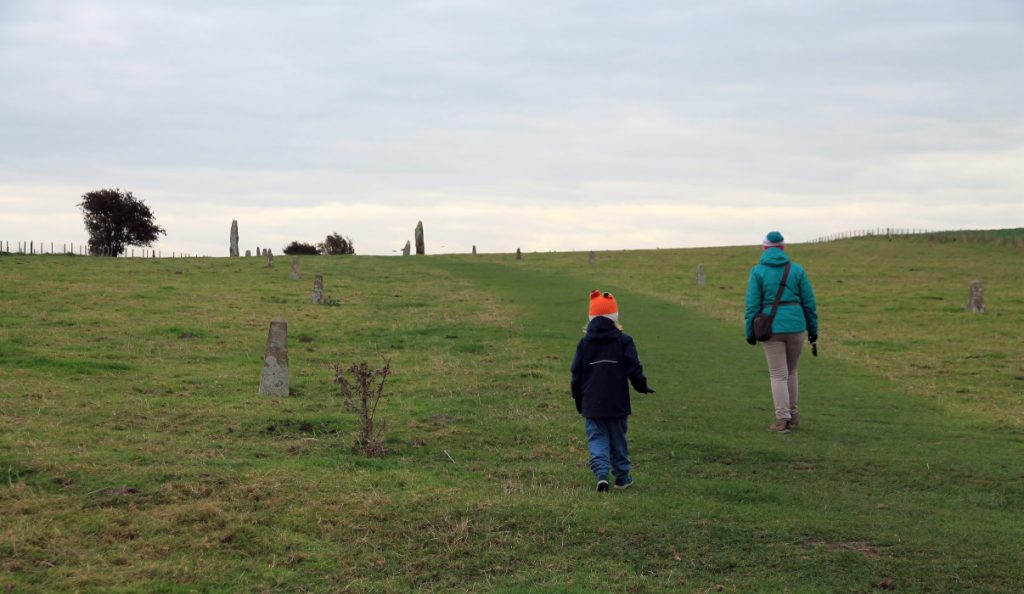
Only a few minutes drive south of the stone circles lies Silbury Hill, a prehistoric artificial chalk mound. Almost 40m high, the hill is the tallest prehistoric man-made mound in Europe. Another record for Avebury! And it also has a lot of sheep…
When you have the time, the National Trust worked out a 10km (6 miles) walk around Avebury that will take you to all its highlights, even including a few Bronze Age burial mounds.
Together, Avebury and Stonehenge make up UNESCO World Heritage site no. 373: Stonehenge, Avebury and Associated Sites.
These sites are internationally important for their complexes of outstanding prehistoric monuments. Stonehenge is the most architecturally sophisticated prehistoric stone circle in the world, while Avebury is the largest. they demonstrate Neolithic and Bronze Age ceremonial and mortuary practices resulting from around 2000 years of continuous use and monument building between circa 3700 and 1600 BC.
By the way, if you are visiting either Stonehenge or Avebury, take a small detour to look for the hill figures that can be found nearby:
Avebury is not the only highlight in this region. A few kilometers (or miles, if you prefer) to the west and you are in The Cotswolds, a rural landscape that is famous for its stone-built villages and historical towns. The Cotswolds were designated as an Area of Outstanding Natural Beauty (AONB) in 1966. If you don’t know this region, search for “Cotswolds” on Pinterest (or Google images) and you will understand why it is worth visiting. We were in the neighbourhood that day, so it was the perfect moment to drop by…
The Cotswolds
To be completely honest, we explored The Cotswolds on two separate occasions, with a few days in between. The reason for this is quite simple: The Cotswolds is a fairly large area and we first wanted to visit two villages in the southern part of the region, south of the M4, namely Lacock and Castle Combe.
Lacock is a small but pretty medieval village with a lot of half-timbered houses, a 13th-century abbey and a beautiful 14th-century church. It has been used as the set for a few films and series, including Harry Potter. Although the houses are nice to look at, we were a bit put off by the numerous parked cars that somewhat spoiled the view ànd the experience for us. We did find a tiny bakery that sold delicious hot pastry, though.
Castle Combe, on the other hand, was everything we hoped for. It certainly deserves its moniker “The prettiest village in England”. Seriously, if the word “picturesque” was invented for any reason, that reason must be Castle Combe. It’s the combination of beautiful old houses, a sleepy atmosphere and the village’s green surroundings that did it for us. We followed an itinerary that we found on the village’s website, which I think takes you to the most noteworthy spots: the Market Cross, St. Andrew’s Church and the bridge crossing the River Bybrook. It will also give you some interesting background info. The bridge was our favourite spot, because I think this is where you get the best view of the town.
As said, we passed through the northern part of The Cotswolds a few days later. Our timing wasn’t perfect, since we also visited Avebury that day and we were expected by friends in Oxford the same evening. So, our time was limited and we had to make choices. We had a few places on our want-to-see list:
Arlington Row in Bibury. These cottages were originally built in 1380 as a monastic wool store. Again: this is stuff that has “picturesque” all written over it. It is nothing more than a row of old houses, but still, you’ve got to see it and enjoy its beauty.
We also drove our car through other Cotswolds villages such as Burford and Chipping Campden, but these didn’t really make the same impression on us, to be honest. These towns were much more lively and crowded, more like normal villages with a few old houses. We missed the sleepy, fairytale aspect that we found in Castle Combe. The sun was also setting, so we were much more in a hurry and weren’t able to fully appreciate these towns as we should have.


